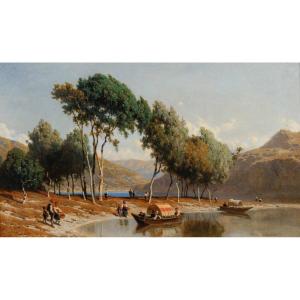Oil on canvas
Signed lower right
Dimensions: 30 x 51 cm
With frame: 54 x 76 cm
With frame:
The Swiss Lake Brienz, “a little paradise”.
To the north of the Swiss Alps, nestled in the heart of the majestic mountains of the Bernese Oberland lies the turquoise Lake Brienz. A magical and heavenly place. It owes its name to the village of Brienz, located on the north bank. In 1948, Karl Girardet, along with his brother Edouard, moved there and painted numerous landscapes. The clear, warm and calm atmosphere that emanates from Lake Brienz emanates a certain emotion.
A finesse of execution and a mastery of subtle colors,
The work demonstrates technical mastery, particularly in the rendering of the transparency of the water and the foliage. The variations of light are extremely delicate. The strip of land animated by several characters and its foliage of trees extending over the lake share the canvas and open onto the depth of the peaks. The composition is panoramic, calm, luminous and almost timeless.
Bibliography
Karl Girardet, born in May 1813 in Le Locle in the Principality of Neuchâtel (French under the First Empire) and died in April 1871 in Paris, is a painter, engraver and illustrator. He lived and worked most of his life in Paris. Eldest son of the engraver Charles Girardet and his wife Fanny Charlotte Favre, he belongs to a dynasty of Swiss artists very close to France and of which he is the most notable personality. He was introduced to drawing and engraving by his father and first takes the first name of “Karl”, to distinguish himself from it. His father moved to Paris in 1822 when Karl was only nine years old. He trained with the painter Louis Hersent, then was admitted to the School of Fine Arts in the studio of Léon Cogniet who became a faithful friend. He met the Swiss painter and patron Maximilien de Meuron. His first exhibition at the Paris Salon took place in 1836, where he showed genre and history paintings which appealed to the royal family; he became the protégé of King Louis-Philippe who placed numerous orders with him and involved him in the decorative program of the new Museum of the History of France that he initiated in 1837 in Versailles. Karl made his debut there by assisting his master Léon Cogniet on two battle scenes. As confidant of French King Louis Philippe I, he became official court painter. In 1838, he left for Düsseldorf and crossed Tyrol and Croatia in 1839, finally he reached Italy in 1840. In 1842, he made a trip to Egypt with Albert de Meuron, then accompanied the Duke of Montpensier to Spain. After the revolution of February 1848, and having enlisted in the national guard, he left France with his brother Édouard and settled in Brienz, in the canton of Bern. he reoriented himself towards landscape painting, which he continued to exhibit at the Salon until the end of his life. There he painted landscapes and composed canvases from his travel sketches in the Orient. He produced engravings which appeared in the magazines Magasin Pittoresque and Le Tour du Monde. He exhibited regularly at the Salon until 1870. He exhibited at the Universal Exhibition of 1855, where he obtained a 1st class medal. He moved into a workshop in Montmartre in 1857 where he lived until his death.
Museums
In France
• Paris, Louvre Museum- Albums; numerous illustrations, engravings.
• Lille, Palace of Fine Arts.
• Tours, Museum of Fine Arts
• Versailles, national museum of the castles of Versailles and Trianon.
• Nantes, Museum of Fine Arts
• Chantilly, Condé Museum
• Rouen, Museum of Fine Arts
• Reims, Museum of Fine Arts of Saint Denis
• Senlis, museum of art and archeology
• Montauban, Ingres Bourdelle museum
In Switzerland
• Neuchâtel, art and history museum.
• La Chaux-de-Fond, Museum of Fine Arts.




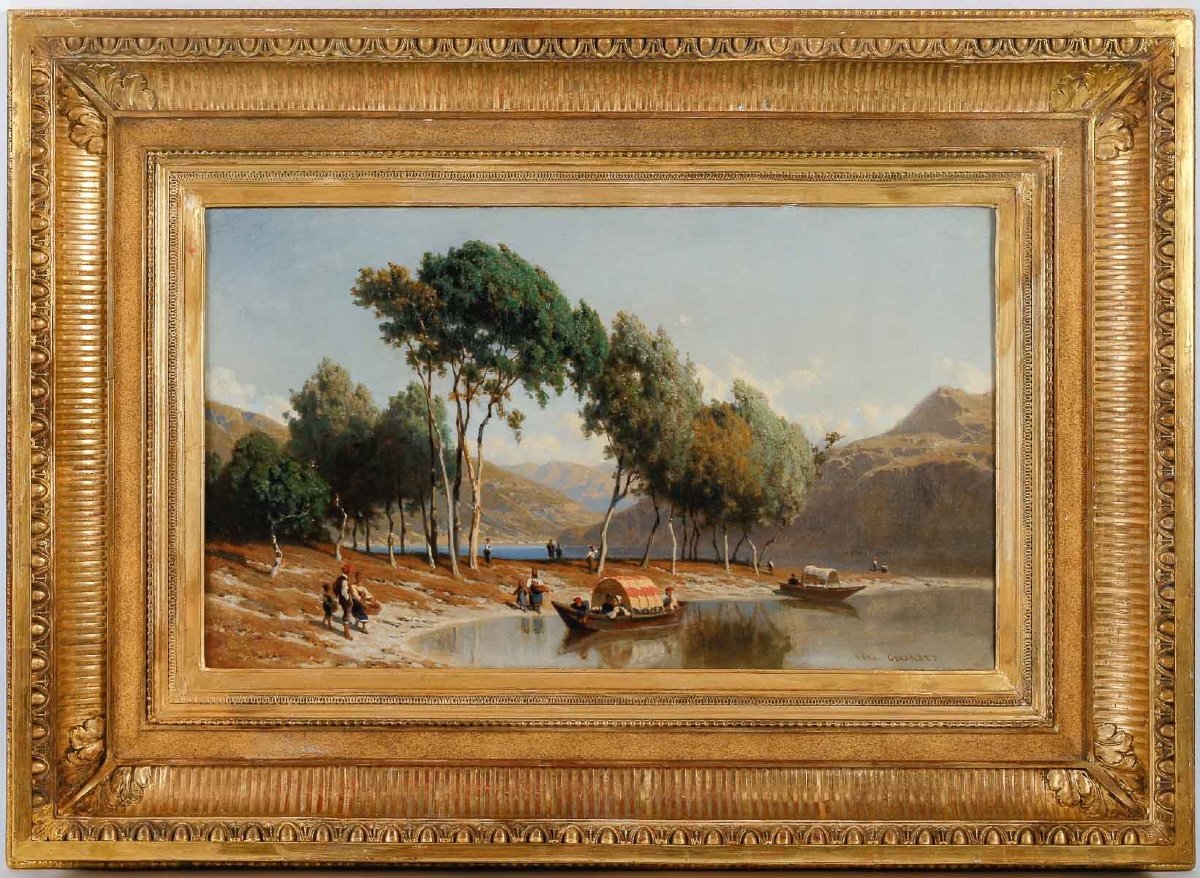
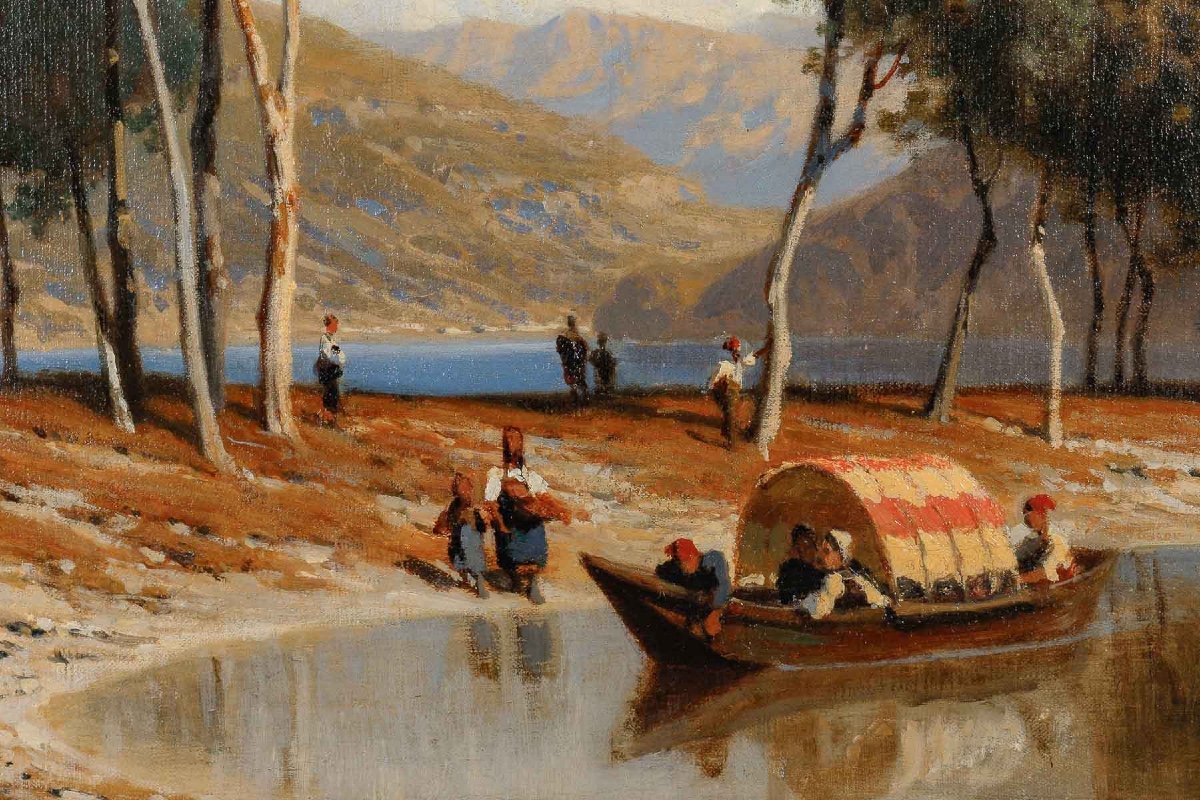

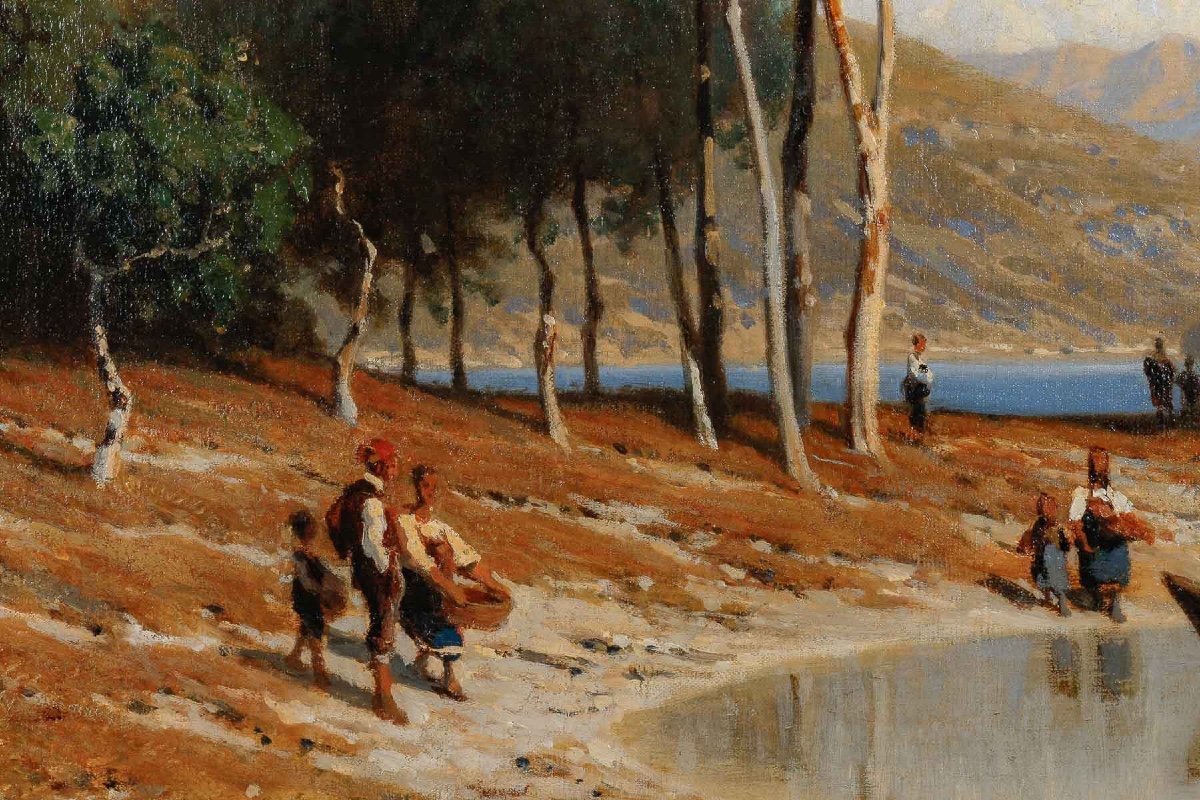
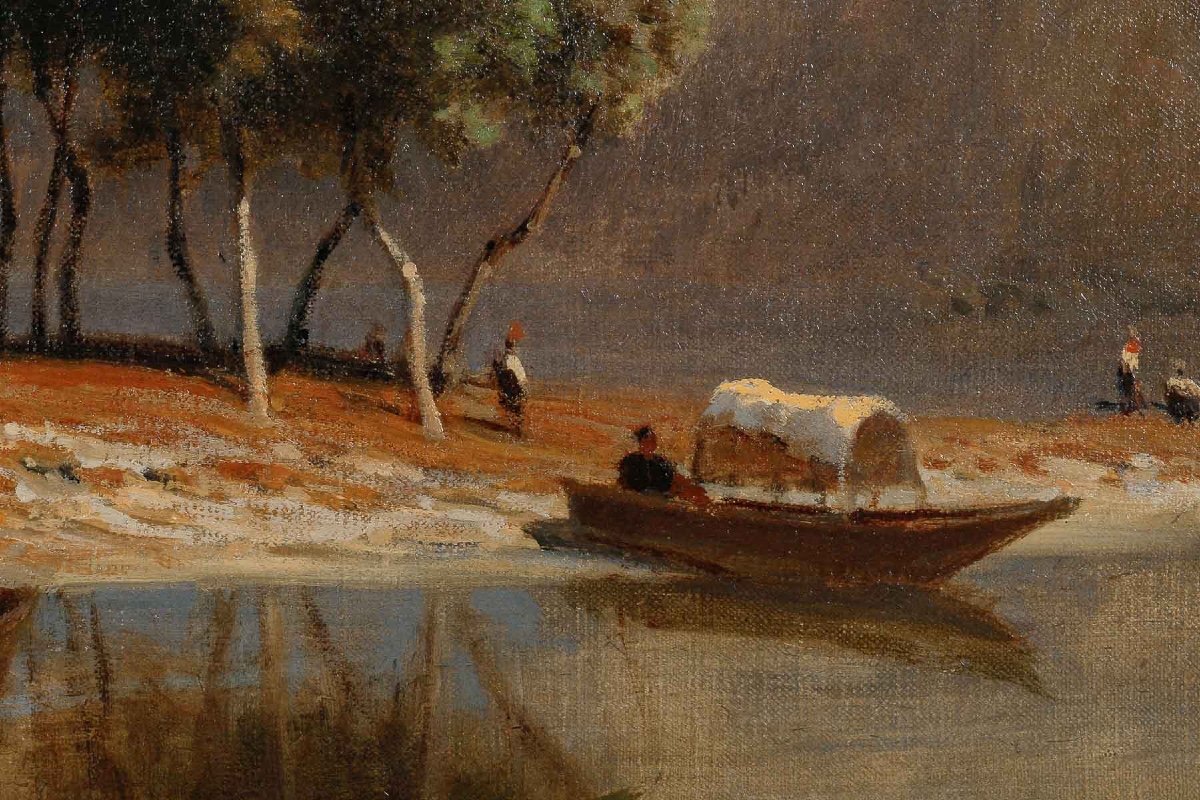
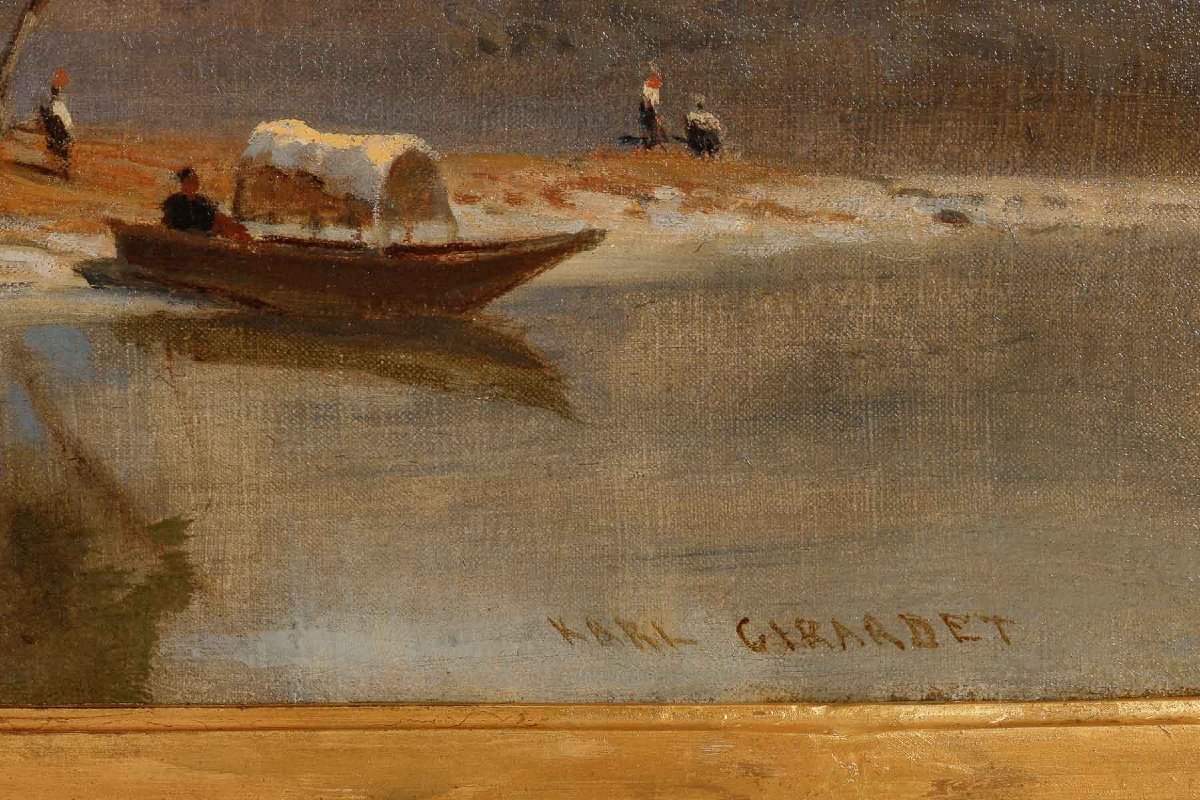

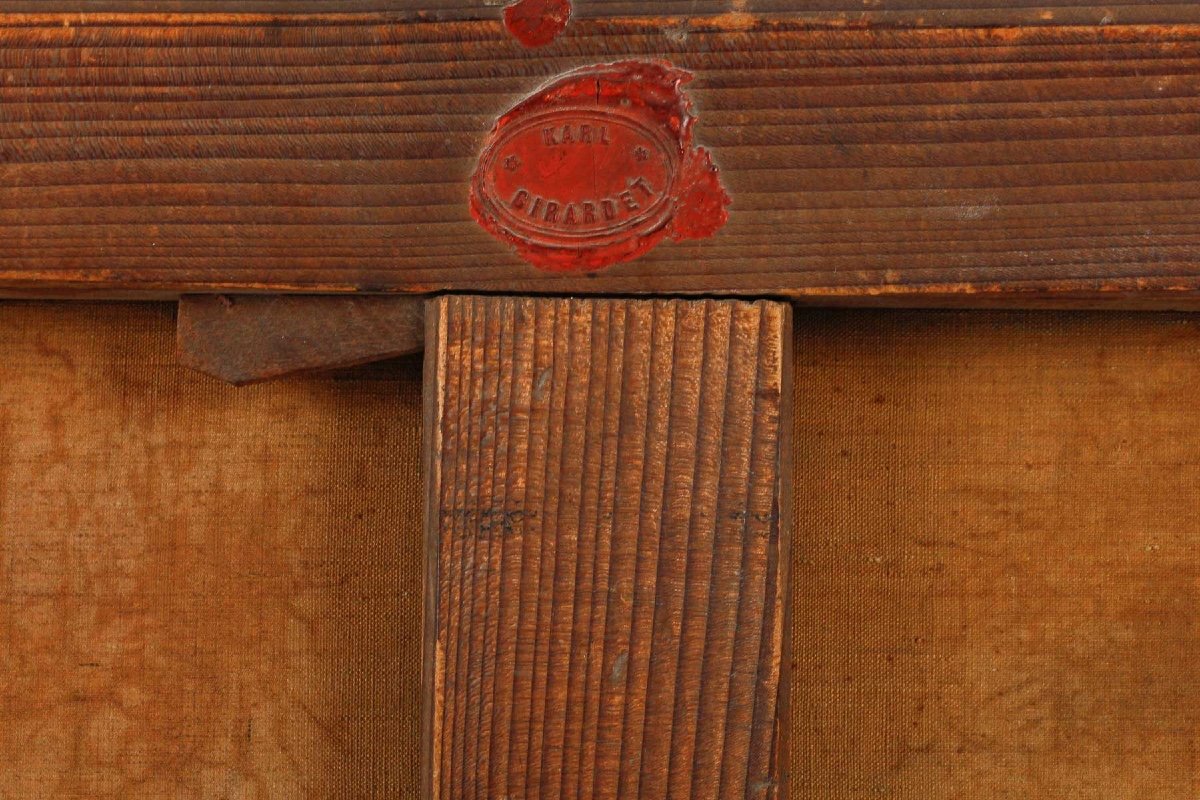
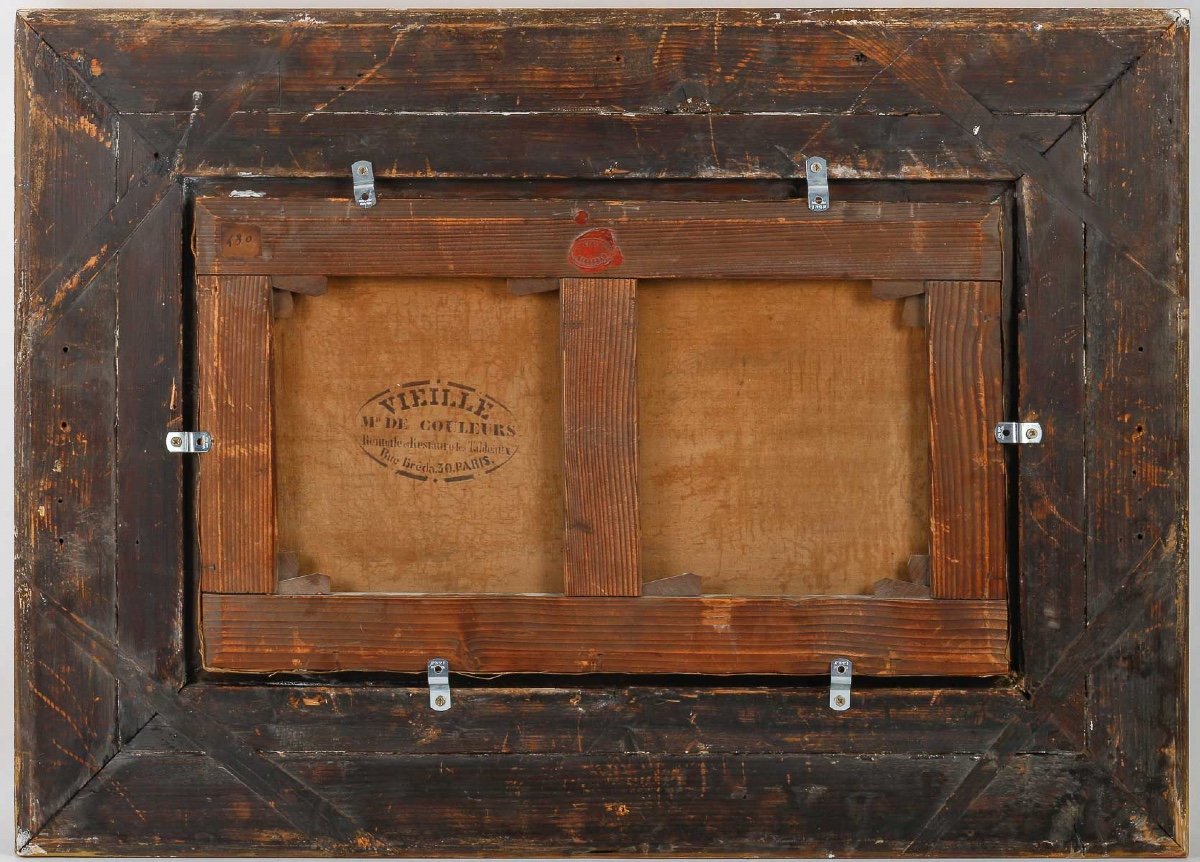
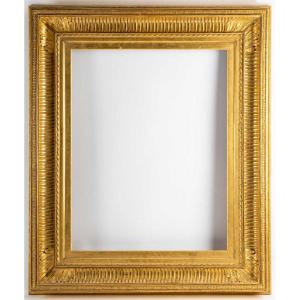
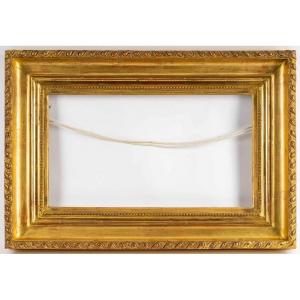



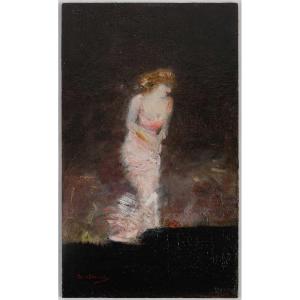
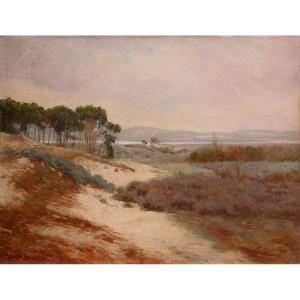




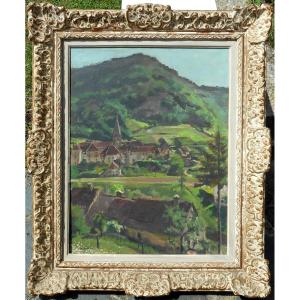



 Le Magazine de PROANTIC
Le Magazine de PROANTIC TRÉSORS Magazine
TRÉSORS Magazine Rivista Artiquariato
Rivista Artiquariato
